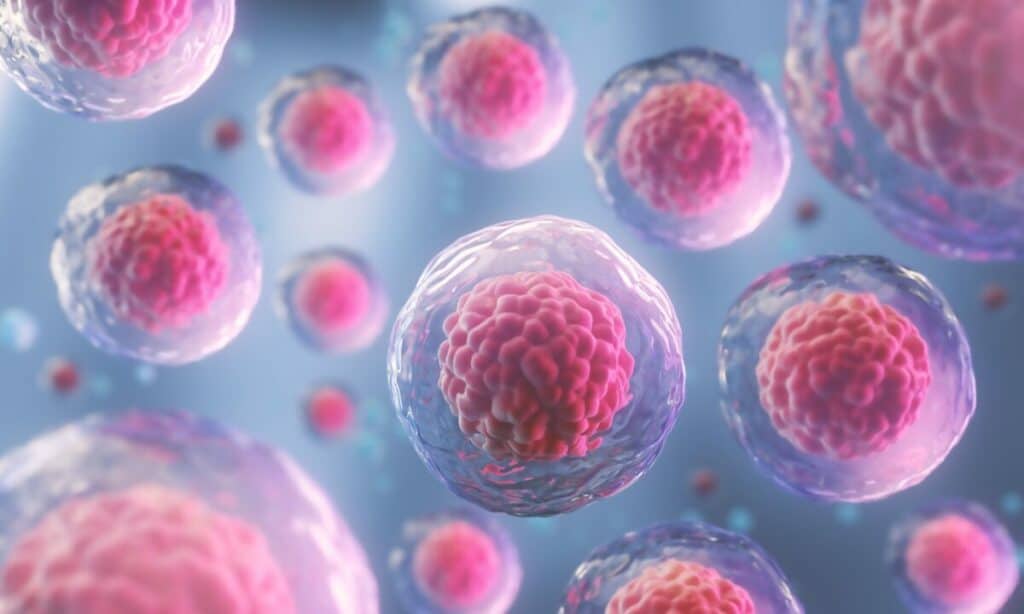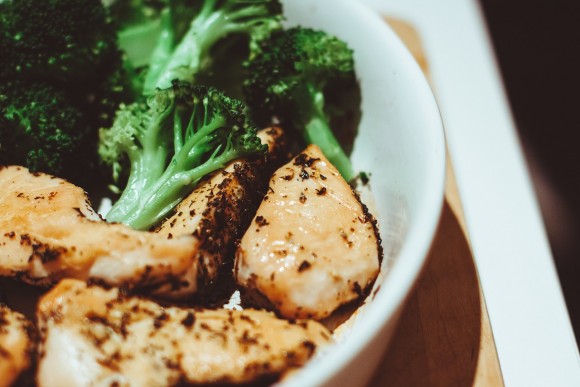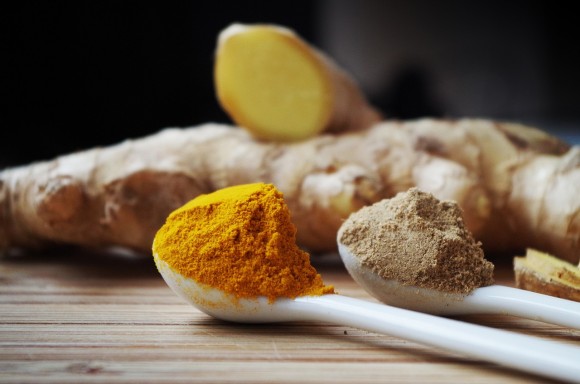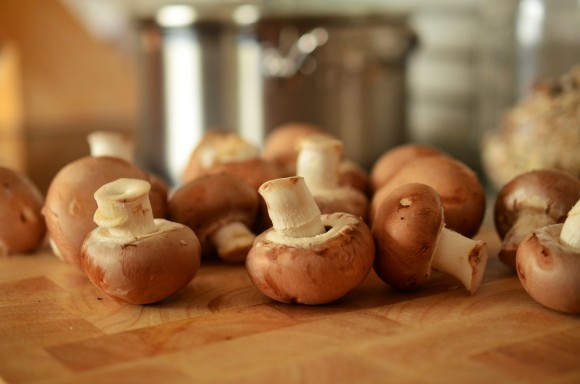
Table of Contents
Healing Is Cell Regeneration—These Are the Best 6 Foods to Promote It
We are living, breathing creatures capable of self-healing in so many ways. Nothing brings this notion home more than human cell regeneration and a field of medicine exploring stem cells and the cell regeneration impact factor. What is regenerative medicine all about, anyhow?
Every single one of us has the ability to regenerate our cells. We’re programmed for it. That’s how we grow and develop and heal. Look at is this way: Everyone completely regenerates their own skin every seven days. When you cut yourself, it heals and disappears in a week or so. That’s skin cell regeneration.
Our bones and ligaments, too, are living, breathing material. Every single cell in our skeleton is replaced every seven years. We’re not able to regrow a whole leg or arm, however, and many other human tissues don’t regenerate. (A young salamander, on the other hand, can regrow a whole leg in about five weeks!) A main goal in regenerative medicine is to find ways to kick-start tissue regeneration in the body, or to engineer replacement tissues.

In fact, scientists, doctors and futurists around the world contend that the future of medicine lies in understanding how the body creates itself out of a single cell and the mechanisms it uses to renew itself throughout life. This way, we can replace damaged tissues and intervene to help the body regenerate itself – the potential exists to cure or ease the symptoms of people with disorders like heart disease, Alzheimer’s, Parkinson’s, diabetes, spinal cord injury and cancer.
It’s happening right now, with researchers experimenting with stem cells – adult cells that can develop into many different types of tissue – to coax the people’s bodies to actually heal themselves. There has been reported success in treating congestive heart disease and regrowing muscles in soldiers wounded in explosions.
Cell Regeneration: What Organs Can Be Regrown?
There’s a wide range of stem cell-based therapies underway. Scientists have created tissue patches for burn victims. Diabetics have damaged beta cells, so beta cell regeneration has been a focus. Scientists have grown what are called islet cells that produce insulin to treat diabetes and there have been hundreds of islet cell transplants.
With Alzheimer’s disease and dementia on the rise, brain cell regeneration is another top focus. Scientists have also developed healthy brain cells to ease the symptoms of disorders like Parkinson’s disease. Top minds around the world have been able to genetically change cells and use them to deliver healing or protective agents to injured or diseased areas of the body.
An international team of Mayo Clinic researchers and collaborators, for example, has discovered a way to regenerate heart tissue. Instead of managing heart damage with medication, stem cell therapy can fix the heart itself. Stem cells are harvested from a patient’s bone marrow, they undergo a lab treatment that guides them into becoming cardiac cells, and then they are injected into the patient’s heart to grow healthy heart tissue.

Similar therapies are underway for spinal cord regeneration, knee and hip cartilage, tooth and gum repair, eyes and the brain. Next up, the kidneys. Researchers from the Stanford Institute for Stem Cell Biology and Regenerative Medicine and the Sheba Medical Center, Sackler School of Medicine in Israel recently revealed how the kidneys constantly grow and have surprising ability to regenerate themselves, overturning decades of wisdom that such regeneration didn’t happen and opening a path toward new ways of repairing and even growing kidneys.
The liver deserves a mention here, too. It has the greatest regenerative capacity of any organ in the body. After injury or disease, it can regrow itself to proper function, although not to its original shape. But when the liver is injured beyond its ability to regenerate itself, a liver transplant is recommended. Donor wait lists can be lengthy. Now transplant surgeons and other researchers are developing liver cell-based regenerative therapies for patients who’d otherwise need whole-liver transplants.
Cell Regeneration: Risk Factors
There are concerns about cell regeneration. Despite the clinical potential, there are also potential and unanticipated risks. Word of caution is that evaluation of potential risks should always be a prerequisite step before clinical use of stem cell based therapy or medicinal products.
Outlined by the Journal of Translational Medicine, the risk profile includes the type of stem cells, how they’re administered to the body, the intended location, manipulation steps (are they embryonic cells or adult stem cells), irreversibility of treatment, need for tissue regeneration in case of irreversible tissue loss, and long-term survival of engrafted cells.
The identified risks from clinical experience, or potential risks observed in animal studies, include tumor formation, unwanted immune responses and infection.
In some clinical trials serious adverse events have been reported, which emphasizes the need for additional knowledge. It’s still a new science and long-term safety and effectiveness isn’t entirely known.
6 Best Cell Regeneration Foods
Diet plays a huge role in our body’s regeneration cycles. That’s because food choices are like building materials. The quality of the replacement cells relies on the building materials available when the new cells are being created. Makes sense, doesn’t it? It stands to reason that by eating the right foods, newly formed cells can be stronger and healthier than the old cells they replace.

We do know that inflammation is the body’s response to injury, infection, irritation or imbalance. We can help protect our cells and regenerate them well by eating anti-inflammatory foods. What’s part of an anti-inflammatory diet? Ditch the fried and processed foods and choose fresh, whole foods with phytonutrients, essential fatty acids and amino acids.
With everything from liver regeneration foods to ligament regeneration foods in mind, here are 6 top foods to include in your diet on a regular basis:
1. Berries. Blueberries, raspberries, blackberries all help build up the powerful antioxidant superoxide dismutase (SOD). This is excellent for reducing oxidative stress, a key factor in liver support and the prevention of joint pain. Berries are also rich in flavonoids that reduce inflammation and repair cellular damage. You can’t go wrong here!
2. Broccoli. Broccoli may not be a kid-favorite, but this cruciferous vegetable is rich in sulforaphane, a chemical that increases enzymes in the liver, which work to neutralize the harmful toxins we breathe. Further, all cruciferous vegetables are packed with a unique molecule called indole-3-carbinol that reduces inflammatory agents in the blood.
3. Ginger root. Ginger root does more than settle stomach issues. The knobby root combats painful inflammation by inhibiting the effects of arachidonic acid, a necessary fat that triggers the inflammatory response.
4. Nuts and seeds. These handy snacks have healthy fats and protein to keep your full longer and satisfy your cravings. Their benefits don’t end there: Nuts like walnuts and almonds, and seeds such as flax, hemp and chia are high in alpha-linolenic acid, a type of anti-inflammatory omega-3 fat. Seeds also contain plant sterols, also reputed for their anti-inflammatory properties.
5. Mushrooms. Long a staple in traditional medicine, mushrooms like shiitake and maiitake are high in polyphenols. These are nutrients known to help protect liver cells from damage. Supporting the liver is critical in fighting inflammation, because this is where we filter out toxins and break down our hormones.
6. Fatty fish and seafood. A must for any healthy diet, seafood contains eicosapentaenoic acid, a powerful anti-inflammatory type of omega-3 fatty acid. Studies show the oil in fish can act in an anti-inflammatory manner. Also great for the brain and heart!
Interesting how we can influence human cell regeneration – an amazing field of science – with what we eat on a daily basis. Get these top 6 foods into your diet and “eat the rainbow” to boost your nutrition and your cell regeneration. Food really is medicine.